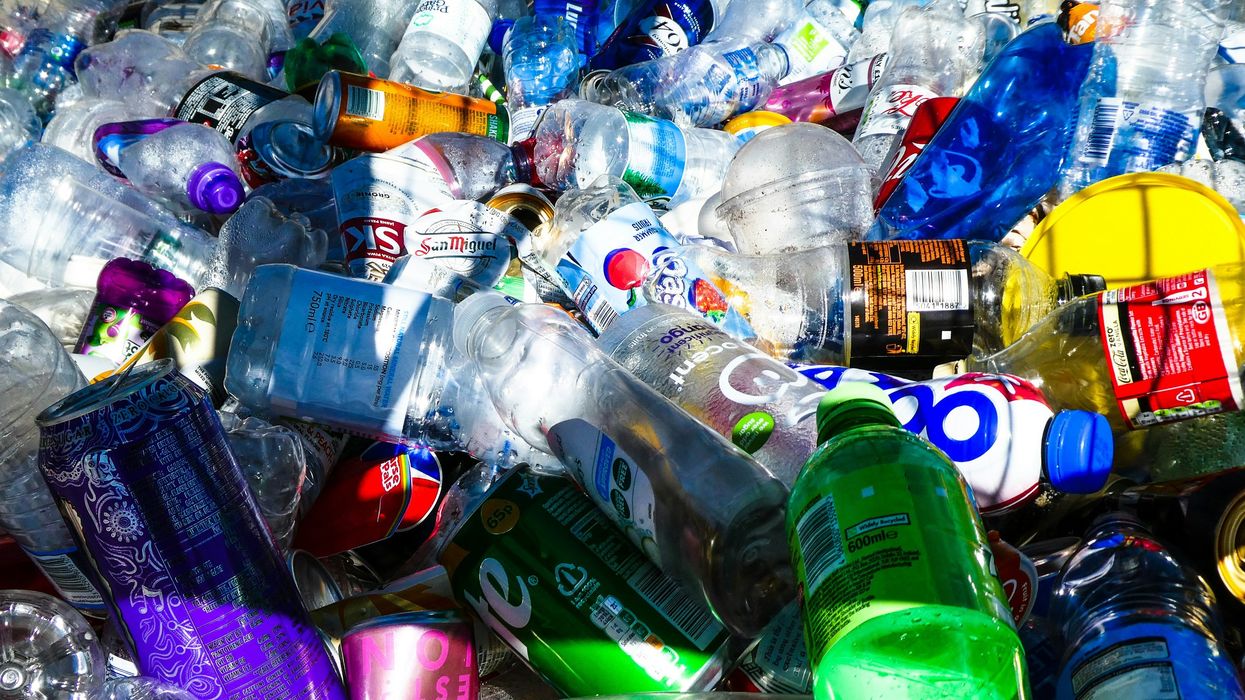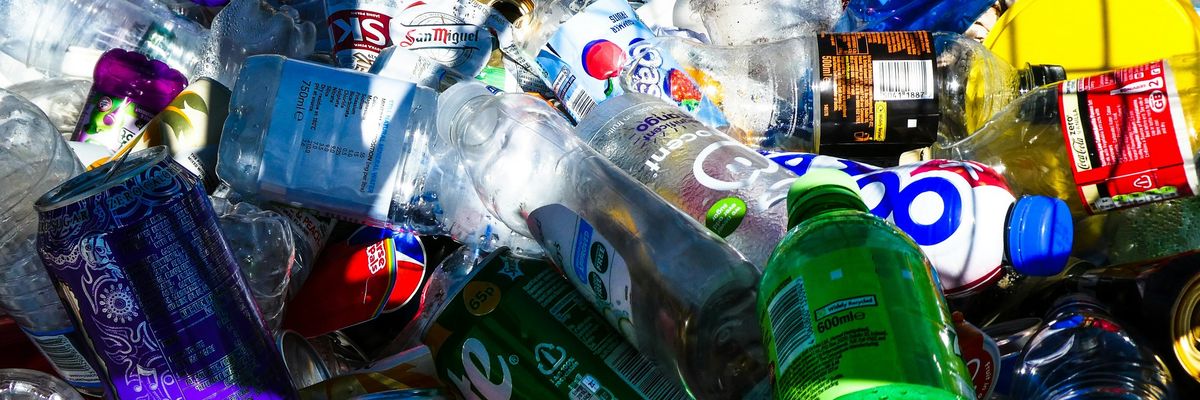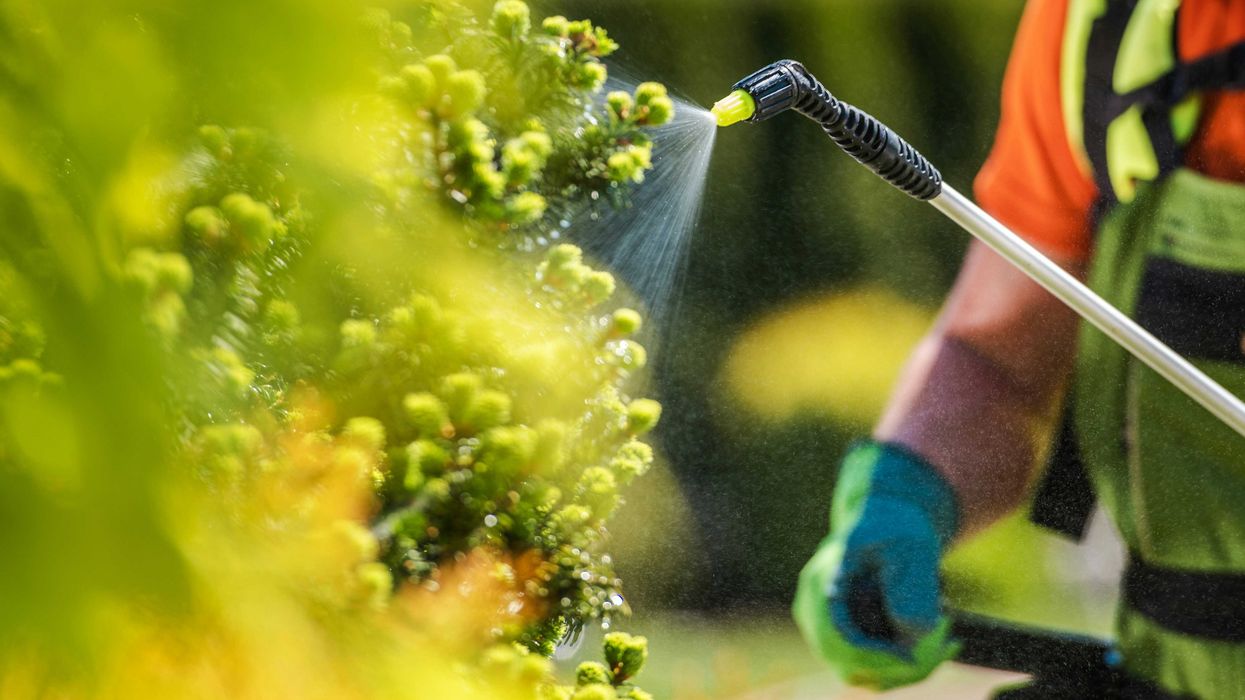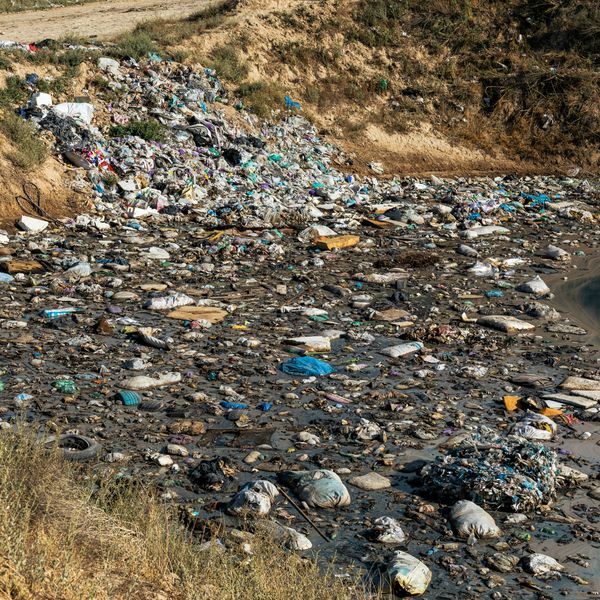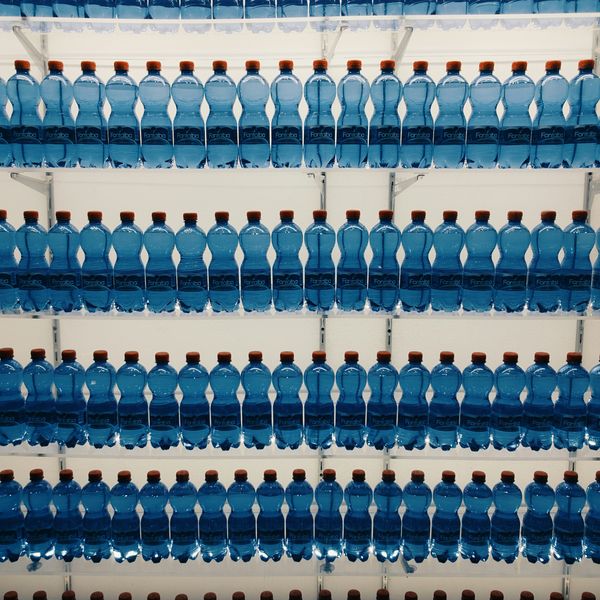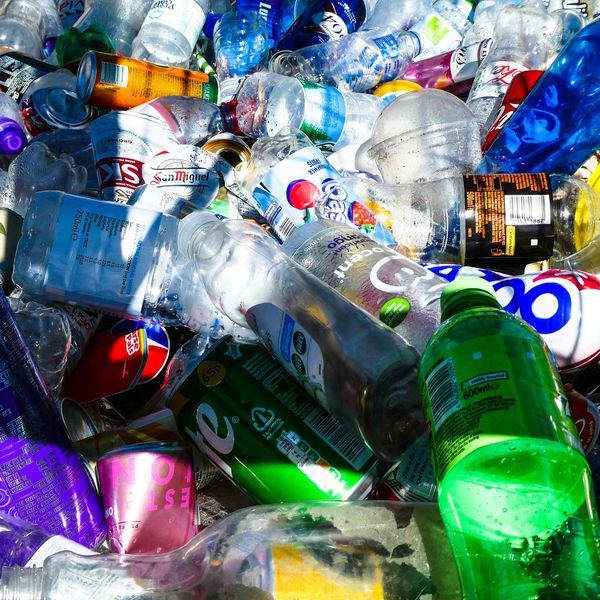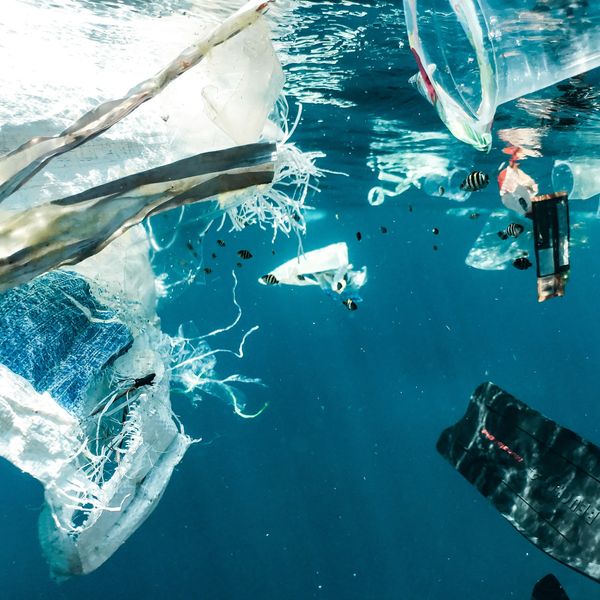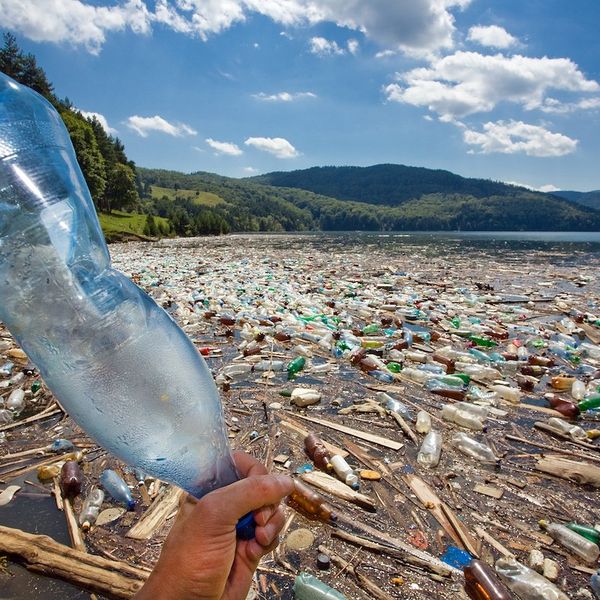A new study of 51 couples published in ACS Nano found that exposure to nanoplastics, which are even smaller than microplastics, is linked to lower fertility.
In short:
- All women tested had nanoplastics in their follicular fluid, and all men tested had nanoplastics in their semen.
- Women with higher polyethylene nanoplastic levels in their follicular fluid had lower fertilization rates.
- Men with higher polyvinylchloride (PVC) nanoplastic levels in their semen had reduced sperm motility.
Key Quote:
“Over the past few decades, increasingly severe environmental plastic pollution has shown a remarkable temporal and spatial overlap with the declining trend in human fertility rates.”
Why this matters:
While microplastics have already been found in human reproductive tissue, nanoplastics have not been analyzed, nor have there been studies on nanoplastics and human fertility. Compared with microplastics, nanoplastics are considered more threatening due to their smaller size and their ability to enter into cells. The high levels of nanoplastics that were linked to decreased sperm quality is similar to findings on microplastics in semen, raising concerns about plastics in general. The authors express hope that this research will raise public awareness of the potential hazards of nanoplastics and provide a scientific basis for formulating regulatory policies related to their production, use, and disposal.
Related EHN coverage:
- Are microplastics invading the male reproductive system?
- How the plastic industry undermines democracy by blocking bans
- Op-ed: Putting communities at the heart of plastic pollution initiatives
More resources:
- The Conversation: What are nanoplastics? An engineer explains concerns about particles too small to see
- Chemicals in everyday products may play a hidden role in declining fertility ›
- How pollution is causing a male fertility crisis ›

